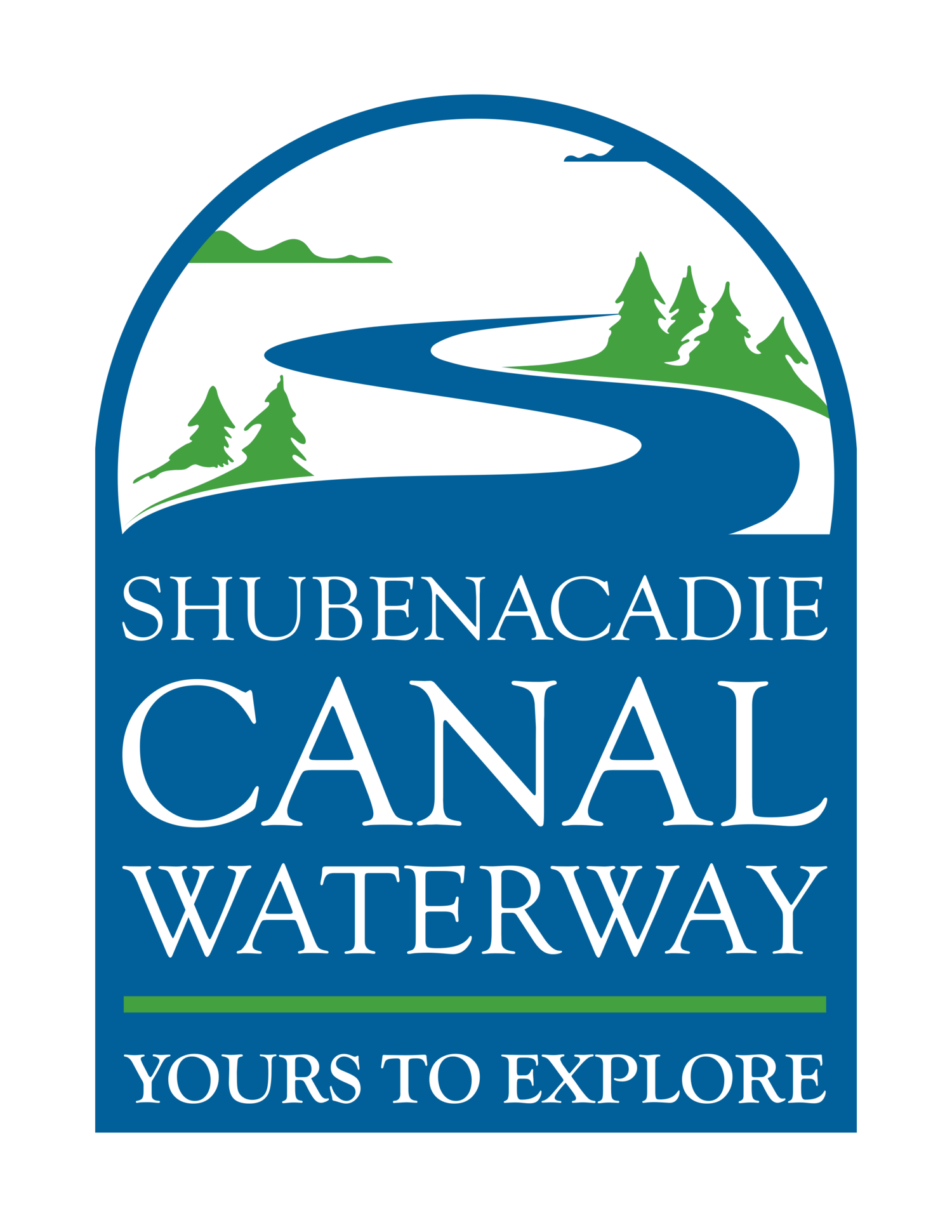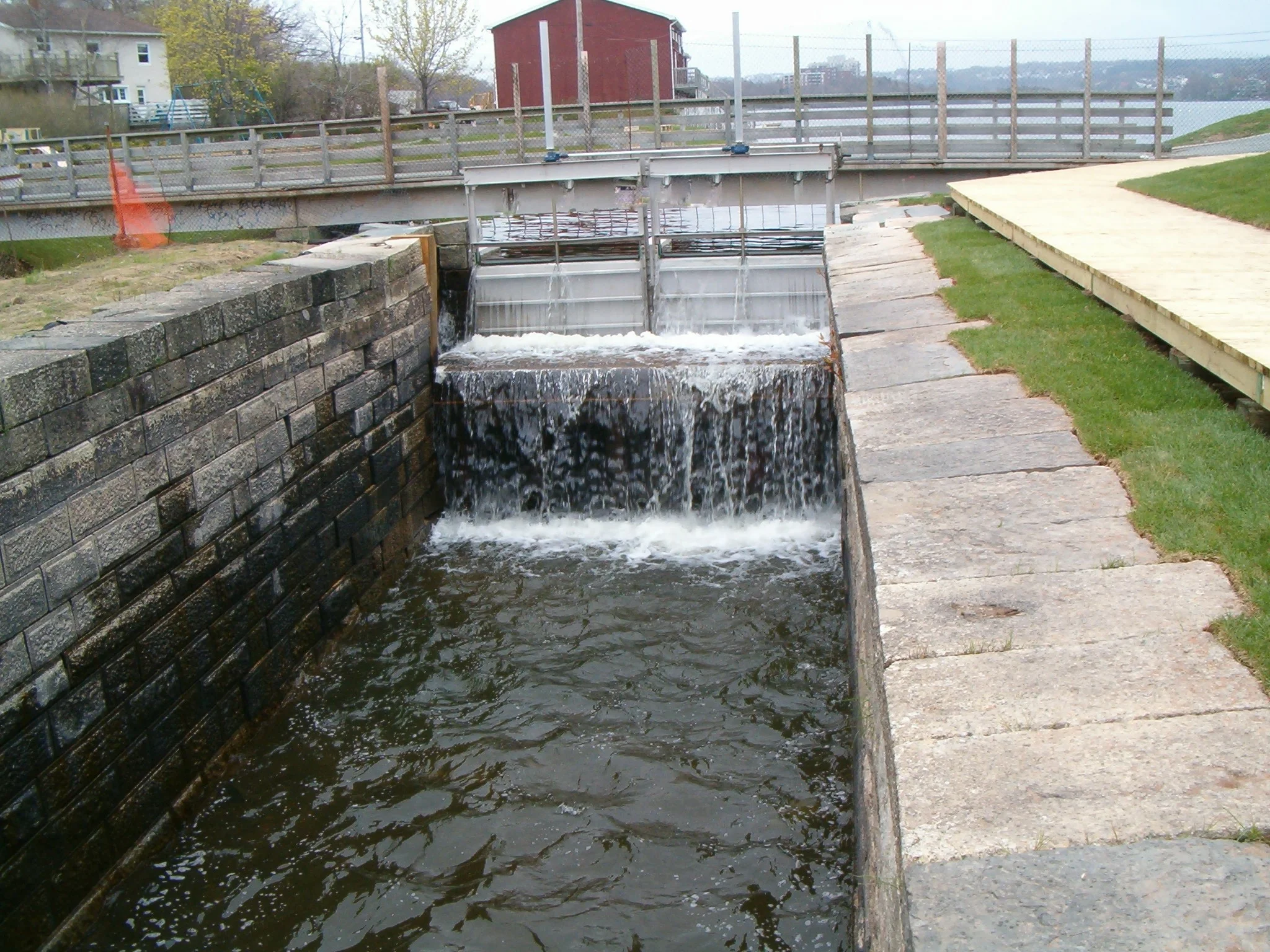I am sure many of you have walked on the trails which run on either side of the waterway between Lakes Micmac and Charles. I first made this walk, or at least part of it, when I was a teenager and a member of the 4th Dartmouth Scout Troop. This was one of our favourite hiking areas. Since then I have taken the walk countless times but I never cease to discover new features. Also I never cease to be amazed at the sheer energy it would have taken to excavate this major channel. In previous articles we have spoken about a number of trades practiced by the Canal workers. One which may not occur to you is that of carpentry but there were a number of carpenters in the workforce. Charles Coleman, Daniel Fudge, James Healy and James Sawlor were four of them. These people would be responsible for constructing the cranes used to lift the rocks from the channel. Also they were responsible for the large wooden gates which were located at the two ends of the Locks. There were also wooden buildings and a range of other wooden features which they would be responsible for constructing. Again, if you recognize any of these names please contact us.
-Bernie Hart
The photo above is of the gates at Lock 1. These gates resemble those that would have been used in the 1830s.



